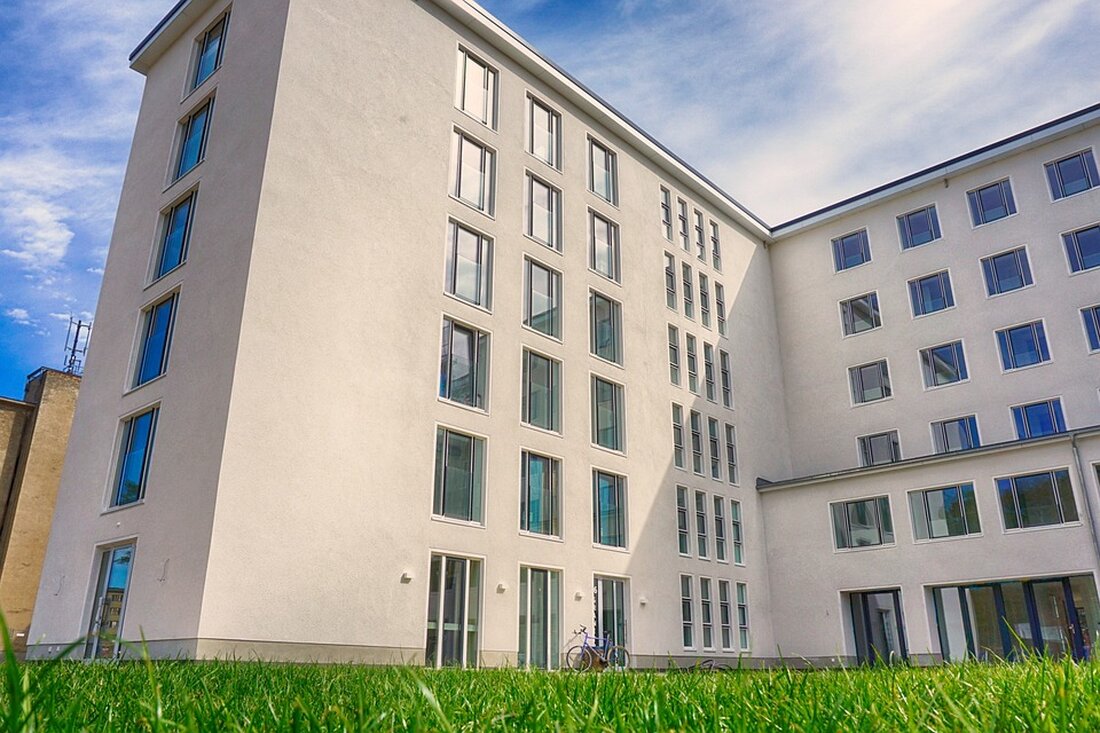Prora: From the KdF complex to a tourism flop - What's going wrong?
Find out why Prora on the Baltic Sea remains a worth visiting but controversial travel destination despite its history as a KdF complex.

Prora: From the KdF complex to a tourism flop - What's going wrong?
The Baltic Sea continues to be very popular with German holidaymakers. In 2022, around 1.4 million tourists visited the islands of Rügen and Hiddensee. Despite this general enthusiasm, there are also destinations that are less popular with travelers, such as Prora near Binz. The facility, which was once planned as a recreational area for the population, only attracts a few visitors. The West reports that Prora was originally designed as a KdF (Strength through Joy) complex to provide German workers with affordable vacations. Only the shell was completed by 1939, before the Second World War significantly delayed further construction work.
After the war, the Red Army took over the site, which was later used by the GDR's National People's Army (NVA). The complex has only been open to the public since 1993, and in 1994 it was declared a listed building. However, the vision of developing Prora into a modern holiday resort with a museum and a family hotel remains largely unfulfilled. Wikipedia provides important background information about the historical significance of the complex, which was designed by architect Clemens Klotz and was awarded a Grand Prix at the 1937 World Exhibition.
Current challenges
The current challenges are diverse. Despite the construction of sanitary facilities and dining options in the blocks, tourism in Prora remains poor. According to reports, guests do not feel welcome and the “private” nature of the renovated buildings does not help the situation. Most of the blocks in Prora are still empty. This shows that the original goal of creating around 10,000 guest rooms with beautiful sea views was not achieved.
Some businesses, such as Café Patcus and ice cream stall owner Mohammed Ali Abid, are optimistic and emphasize the friendliness of their guests. Although tourism development is slow, the complex still hosts annual sand sculpture exhibitions, which provide some visitor attractions. However, the Prora Center filed for bankruptcy in 2024, further exacerbating the situation. Planned construction projects such as a family-friendly hotel in Block III and a museum in Block V are stalled, which makes the prospects for revitalizing the site seem bleak.
Financial aspects
From an economic point of view, the average price per square meter for real estate in Prora is 5,741 euros, which represents a high hurdle for many potential buyers. Although part of the complex has already been sold, much of it remains unused. The initiatives to revitalize the place have so far been rather hesitant. Although historical review is planned, there is a lack of sufficient interest and implementation.
Overall, Prora is a fascinating but challenging example of Germany's post-war history. While the Baltic Sea as a whole remains a magnet for tourists, Prora urgently needs to find new ways to combine its historical significance with attractive tourist offerings.

 Suche
Suche
 Mein Konto
Mein Konto